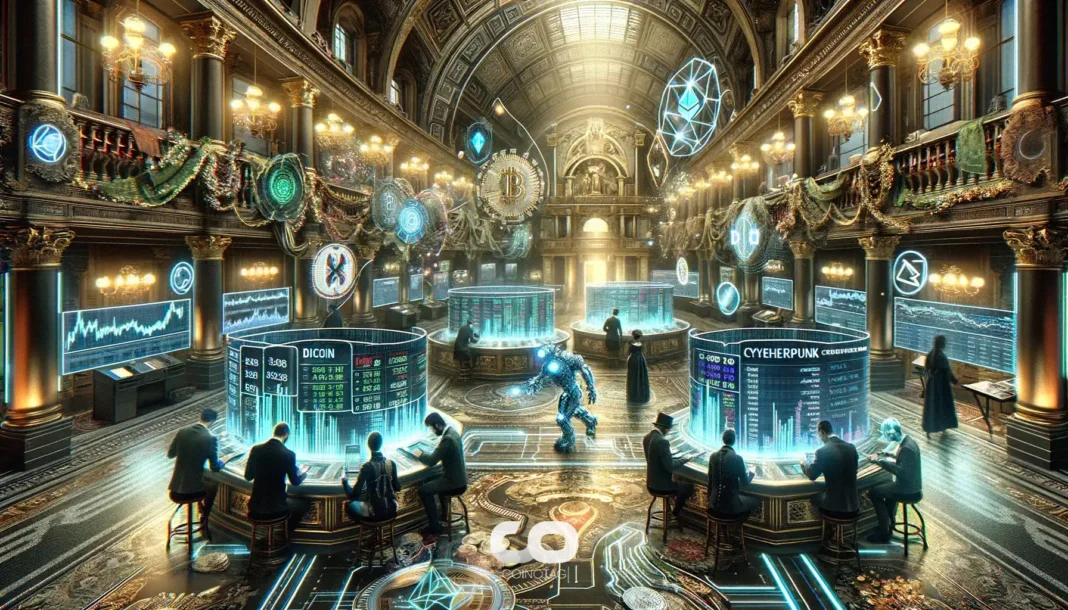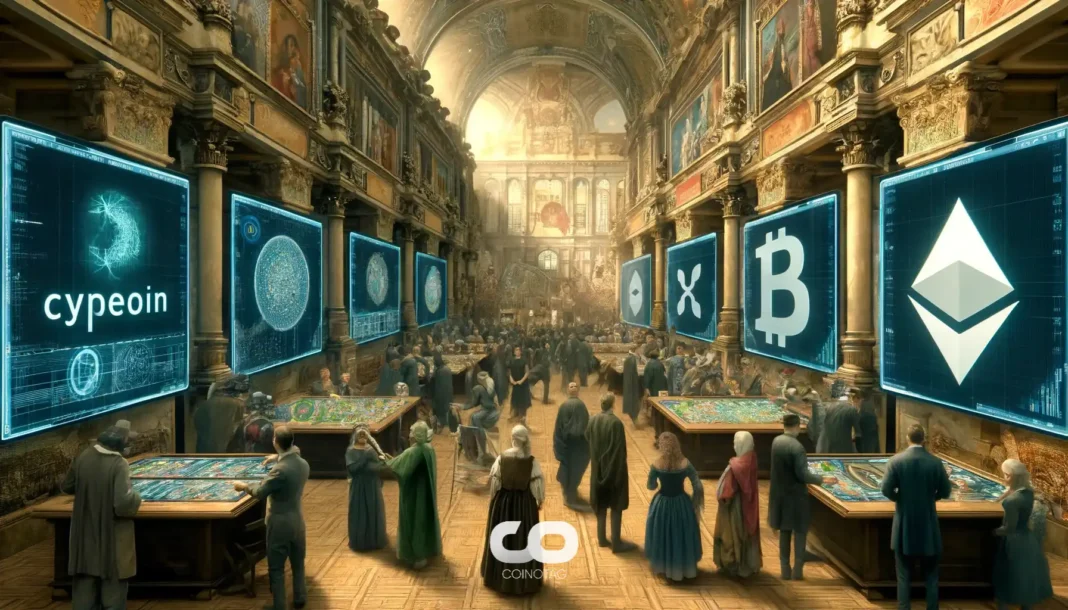-
The US Ninth Circuit Court of Appeals has overturned Yuga Labs’ $9 million trademark infringement award against artist Ryder Ripps, reshaping the legal landscape for NFT intellectual property disputes.
-
This ruling emphasizes the complexity of trademark claims in the rapidly evolving NFT market, highlighting the need for clearer legal standards around consumer confusion and expressive works.
-
According to COINOTAG, the court’s decision marks a pivotal moment for both creators and collectors, underscoring the balance between trademark protection and artistic freedom in the crypto space.
US appeals court reverses Yuga Labs’ $9M NFT trademark award, setting precedent on trademark use and expressive works in the evolving crypto market.
Legal Precedent Established for NFTs as Trademarked Goods
The Ninth Circuit’s ruling notably recognized NFTs as “goods” under US trademark law, a landmark decision that could influence future intellectual property litigation within the blockchain ecosystem. By affirming that Yuga Labs held trademark priority due to its first commercial use of the Bored Ape Yacht Club marks, the court has set a foundational precedent for how NFT collections may assert trademark rights. This development is significant for NFT holders and creators, as it clarifies that digital assets can be subject to traditional trademark protections, potentially curbing unauthorized imitations and reinforcing brand integrity in the digital art market.
Implications for Trademark Infringement and Consumer Confusion Standards
While the court acknowledged Yuga Labs’ trademark priority, it reversed the $9 million damages award, citing insufficient proof that Ripps and Cahen’s NFT collection caused a likelihood of consumer confusion. This decision underscores the judiciary’s cautious approach in applying conventional trademark infringement criteria to novel digital assets. The ruling mandates a trial to thoroughly evaluate whether Ripps’ NFTs infringe on Yuga’s marks, emphasizing the necessity for detailed fact-finding in cases involving complex digital products. This nuanced stance reflects the challenges courts face in balancing trademark enforcement with the protection of artistic expression and fair use in the NFT domain.
Expressive Work and Fair Use Considerations in NFT Litigation
The court’s analysis also touched on the limits of First Amendment protections in the context of NFTs. It agreed with the lower court that Ripps and Cahen’s use of Yuga’s trademarks did not qualify as nominative fair use or protected expressive work, given the nature of their NFT collection. This distinction is critical as it delineates the boundaries between parody, satire, and trademark infringement within blockchain-based art. The ruling signals that while creative reinterpretations are valued, they must not infringe on established trademarks without justifiable legal grounds, thereby shaping future defenses in NFT-related intellectual property disputes.
Next Steps: Trial and Industry Impact
The case’s remand to a California federal court for trial means that the legal battle is far from over. Yuga Labs has expressed determination to continue pursuing its claims, indicating ongoing litigation that could further define trademark enforcement in the NFT space. For industry stakeholders, this case serves as a critical reference point for developing compliance strategies and understanding the legal risks associated with NFT creation and marketing. It also highlights the importance of robust legal frameworks to support innovation while safeguarding intellectual property rights in the decentralized digital economy.
Conclusion
The Ninth Circuit’s decision to reverse the $9 million award against Ryder Ripps while affirming NFTs as trademarkable goods marks a significant milestone in crypto law. This ruling balances trademark protection with the complexities of artistic expression, setting a precedent that will influence future NFT intellectual property cases. As the industry evolves, stakeholders must stay informed about these legal developments to navigate the intersection of creativity, commerce, and regulation effectively.







